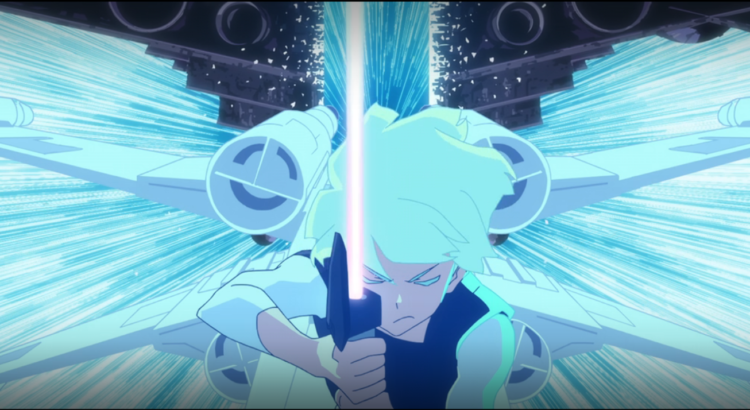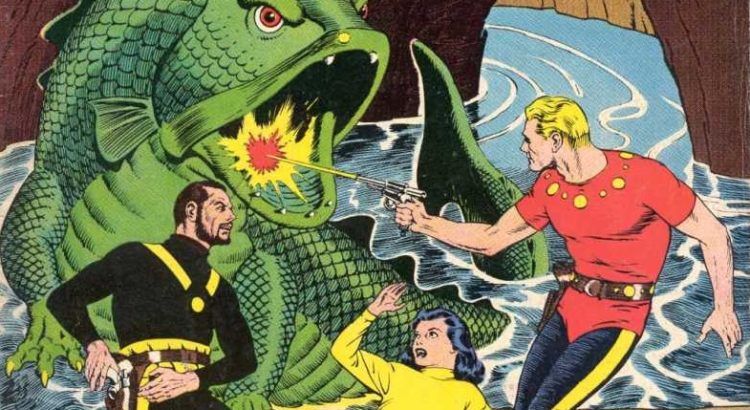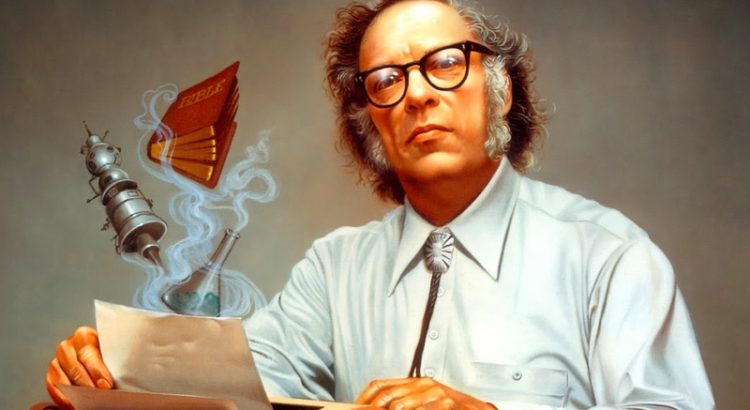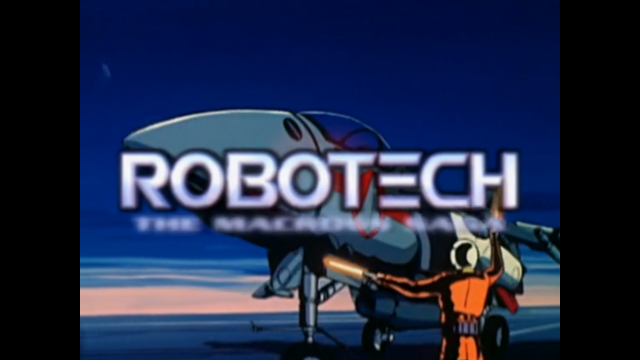In small-town Lockport, Illinois, a writer, tens of thousands of dollars in debt, finds a black hole which connects him to the very heart of Existence itself. His partner in the journey to the center of Existence? A giant mech, bonded to him forever. In San Francisco, a mega-corporation has taken control of the policing of a city – fought only by an Afghanistan War veteran whose control of electricity connects her with the energy of her fallen squadron. Add to this ancient cults who rip cities from their home dimensions; a hacktivist; a serial killer; a teenager with the power of the sun who must battle the precursor to Satan himself; and a Chicago-based superhero union.
In Image Comics’ new imprint, the Massive-Verse, all of these stories take place in the same world. Created by Kyle Higgins, the Massive-Verse is a sprawling universe where authors are invited to create their own stories, within this world but genuinely unconstrained by what others are doing. While a lot of creators may claim you don’t need to read/watch/consume the entirety of their “universe” to understand what’s going on, the Massive-Verse is one instance where that may actually be true. There is generally only one time where the Massive-Verse requires a little extra reading outside of your favorite title: the annual Supermassive one-shot. This one-off story shakes up the entire Massive-Verse, without requiring much more than the six-dollar entry fee. Supermassive functions as a sort of micro-event: the story is separate from the main series, but features many of the main characters from those series. The events of Supermassive usually have a pretty big effect on the characters, even if their scale is smaller than traditional “events” like Secret War or Crisis on Infinite Earths. But Supermassive has similar goals as most of those events: to leave an indelible effect on its characters, an effect that won’t go away quickly and alters the course of their lives and how they interact with the world.
In this article I will posit that Supermassive, and the Massive-Verse in general, have convinced me that there’s a better way to write events. Even more: they’ve convinced me to argue against something that I wrote myself, six years ago on this very website. In my original article, I argued that events should be moved out of the main series and into event titles, whereas here I will argue that events should be limited to a single ongoing series or confined to a one-shot. I also argued that mainline titles should be used to seed future events and deal with the fallout of previous events, which I have now come to see as a hijacking of the ongoing titles in order to serve event titles almost exclusively. The Hidden Empire event may, in fact, have been a case of “be careful what you wish for”, as I got everything I wanted, yet found it lacking. Here are some ways I think that Marvel can continue to refine their events, with a little help from Image Comics and the Massive-Verse.
Read More




